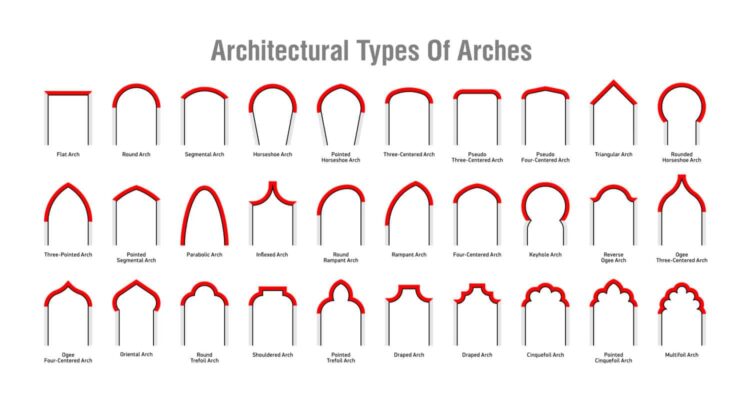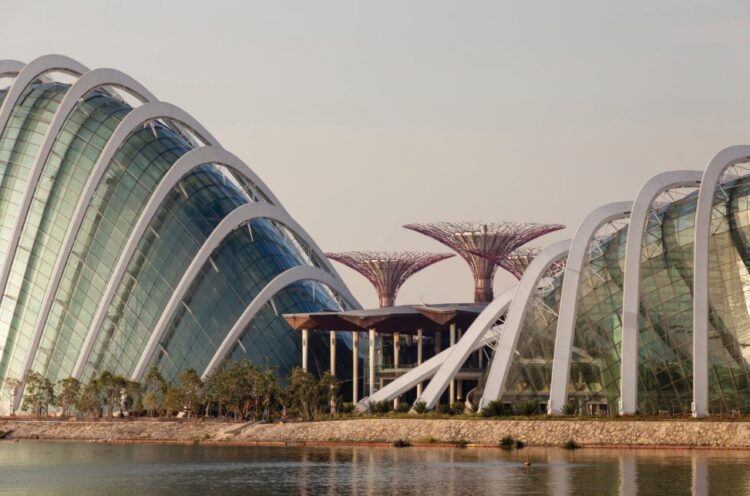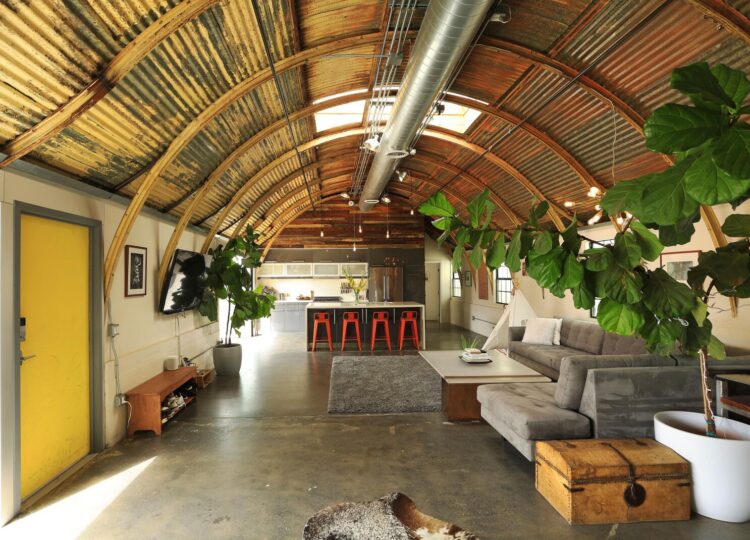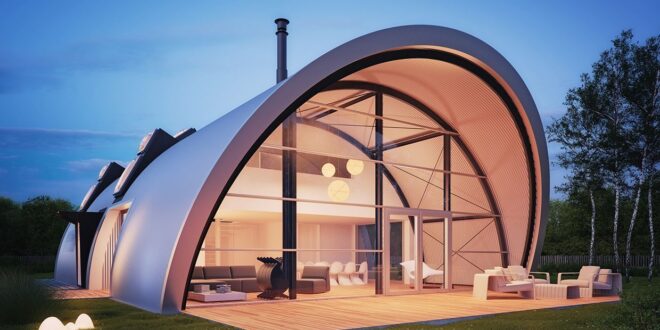Architecture is a language of its own, conveying stories, emotions, and functionality through a symphony of design elements. One of the most captivating aspects of modern architecture is the use of arch-type structures.
These graceful, curved forms have been a part of human architecture for centuries, and they continue to inspire awe in contemporary buildings. This article will look at the fascinating world of arch-type structures like the Quonset building, shedding light on their history, variations, and significance in today’s architectural landscape.
The Ageless Elegance of Arch-Type Structures
When thinking of arches, images of grand cathedrals, ancient aqueducts, or the Colosseum in Rome often come to mind. These architectural marvels, hailing from different eras and civilizations, share a common trait: the arch.
An arch is a curved structural element that supports loads, distributing weight evenly and efficiently. Its beauty lies in its functionality and the way it gracefully spans space, lending a sense of grandeur to the structures it graces.
Types of Arch-Type Structures

Arch-type structures come in various forms, each with unique charm and utility. The most common types include:
- Roman arches ─ The Romans perfected the art of constructing arches, using them extensively in their aqueducts and amphitheaters. The semicircular Roman arch is renowned for its stability and visual appeal.
- Gothic arches ─ The Gothic era introduced pointed arches in the intricate ribbed vaults of cathedrals like Notre Dame. These arches impart a sense of height and charisma to the structures.
- Barrel vaults ─ Barrel vaults are semi-cylindrical arches that create long, tunnel-like spaces. They are often used in constructing tunnels and cathedrals, giving an impression of endlessness.
- Ribbed vaults ─ These arches are characterized by the intersecting ribs that support the ceiling, creating a network of geometric patterns. They are commonly found in Gothic architecture and add a sense of intricate beauty.
- Parabolic arches ─ Parabolic arches have a distinct curved shape that distributes weight evenly along the curve. They are used in modern architecture to create large, open spaces with minimal materials.
Arch-Type Structures in the 21st Century
Arch-type structures have not faded into obscurity with time; rather, they have evolved and adapted to meet the demands of contemporary architecture. Today, architects use cutting-edge materials and technology to push the boundaries of what is possible with arches.
One remarkable example is the Burj Khalifa in Dubai. This towering skyscraper incorporates a central core with concentric arches, providing structural stability and a stunning visual effect. It’s a testament to how arch-type structures can seamlessly integrate into modern design.
Sustainable Arch-Type Structures

In an era where sustainability is paramount, arch-type structures offer numerous advantages. Their natural shape allows for efficient distribution of loads, reducing the need for excessive building materials.
Additionally, the open spaces created by arches allow for better natural lighting and ventilation, decreasing the reliance on artificial sources and minimizing energy consumption. It’s not just about aesthetics; it’s about building smart and green.
Quonset Huts
While exploring the grandeur of arch-type structures in cathedrals and skyscrapers, a unique and practical application is worth mentioning: Quonset huts. These semi-cylindrical, prefabricated structures gained prominence during World War II as versatile military buildings.
Their efficient design and ease of assembly made them ideal for various purposes, from storage facilities to makeshift living quarters.
A Quonset building continues to find utility in modern times, serving as workshops, storage units, and even cozy homes. Their simple arching shape ensures stability and ease of construction, making them a remarkable example of arch-type structures meeting everyday needs.
The Emotional Impact of Arch-Type Structures

Architecture isn’t just about bricks and mortar; it’s about how a space makes us feel. With their sweeping curves and elegant lines, arch-type structures often evoke awe, serenity, and wonder. Whether standing beneath the soaring arches of a cathedral or walking through a modern arch-shaped gallery, it’s hard not to be moved by the beauty of these structures. It’s like they speak a universal language transcending time and culture.
Conclusion
In architecture, arch-type structures are timeless symbols of form and function. From the ancient Roman arches to the sleek modern designs of today, these graceful curves have captured imaginations and continue shaping how spaces are built and experienced.
As you move forward into the future, arch-type structures will inevitably remain an integral part of architectural innovation, reminding us of the enduring power of elegant design. So, the next time you encounter an arch, take a moment to appreciate its physical beauty and the emotions and stories it carries within its graceful curve.
 Hi Boox Popular Magazine 2024
Hi Boox Popular Magazine 2024



